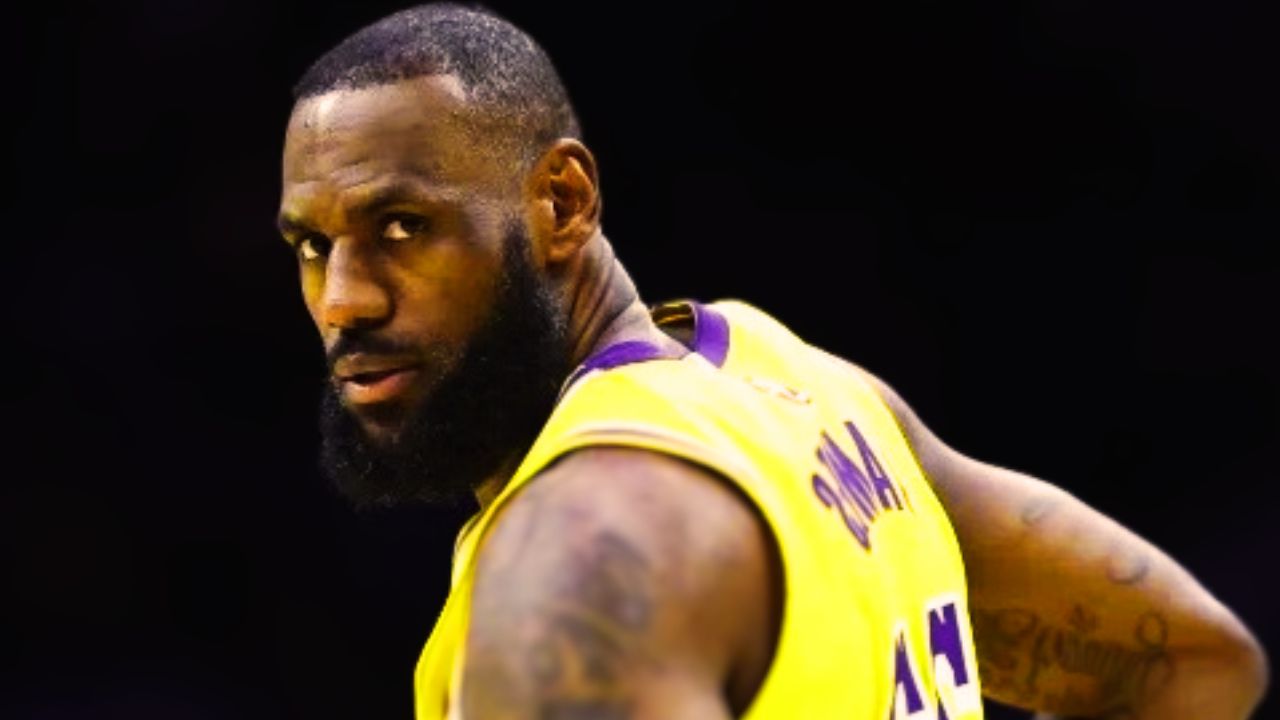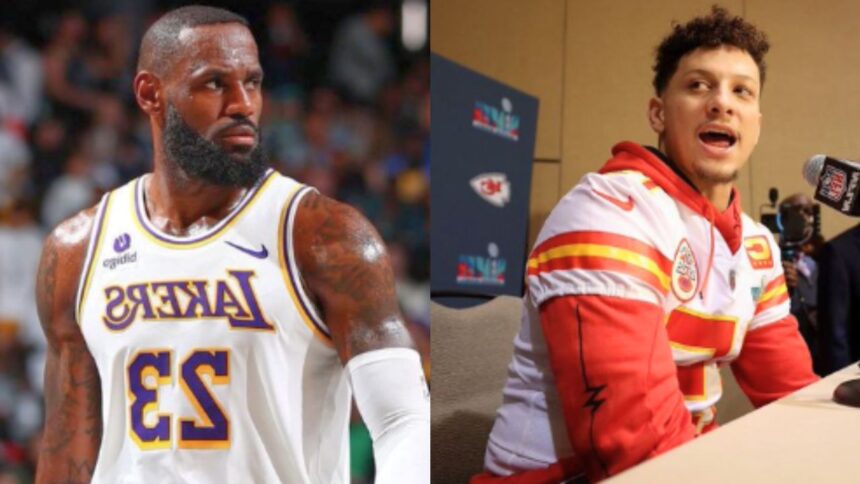Patrick Mahomes and the QB Payroll Puzzle: Exploring the Dynamics of NFL Compensation
In the realm of NFL stardom and financial prowess, Patrick Mahomes stands out not just as a powerhouse on the field but also as a pivotal figure in the ongoing conversation about quarterback compensation. Despite his stellar performance and back-to-back Super Bowl victories, Mahomes finds himself ranked as the 8th highest-paid QB in the league. This juxtaposition sparks intriguing discussions, drawing parallels to other sporting icons like LeBron James and Nikola Jokić, while also shedding light on the intricate mechanisms that govern athlete salaries in the modern sports landscape.
Analyzing Mahomes’ position in the NFL’s payroll hierarchy unveils a multifaceted narrative that intertwines talent, team dynamics, and the ever-evolving business of sports. John Middlekauff’s insights on his podcast serve as a catalyst for delving deeper into this narrative, questioning conventional notions of compensation and highlighting the nuances that shape athletes’ earning potentials.
Middlekauff’s exploration of the “team-friendly deal” concept raises pertinent questions about how superstar status intersects with financial remuneration. The notion that other quarterbacks should earn less due to their perceived need for a stronger supporting cast challenges traditional salary structures and prompts discussions about fairness and value creation within sports franchises.
The comparison to NBA luminaries like LeBron James and Steph Curry adds another layer of complexity to the debate. While these basketball icons command immense influence and generate significant viewership, their salaries don’t always align with their impact on the sport’s popularity. This disparity underscores the intricate dance between individual brilliance, team success, and commercial appeal in determining athlete compensation.

Examining the broader landscape of quarterback salaries in 2024 unveils a fascinating hierarchy where names like Joe Burrow, Justin Herbert, and Lamar Jackson reign supreme in terms of financial rewards. However, it’s essential to recognize that financial metrics alone don’t always capture the full spectrum of a player’s contributions to their team and the league.
Russell Wilson, Kyler Murray, and DeShaun Watson’s higher earnings than Mahomes raise intriguing questions about how performance, marketability, and team dynamics intersect to shape salary structures. The emergence of young talents like Jalen Hurts and the consistent performance of veterans like Dak Prescott further complicate the narrative, highlighting the subjective nature of valuing players in a highly competitive and dynamic environment.
In conclusion, Patrick Mahomes’ journey through the labyrinthine landscape of NFL compensation epitomizes the intricate dance between talent, team success, marketability, and fan perception. While he may not currently hold the title of the highest-paid QB, his impact on the game and his team’s fortunes transcend mere monetary metrics. As the NFL continues to evolve, so too will the narratives and debates surrounding athlete compensation, ensuring that the intersection of sports, business, and fandom remains a captivating saga for years to come.




